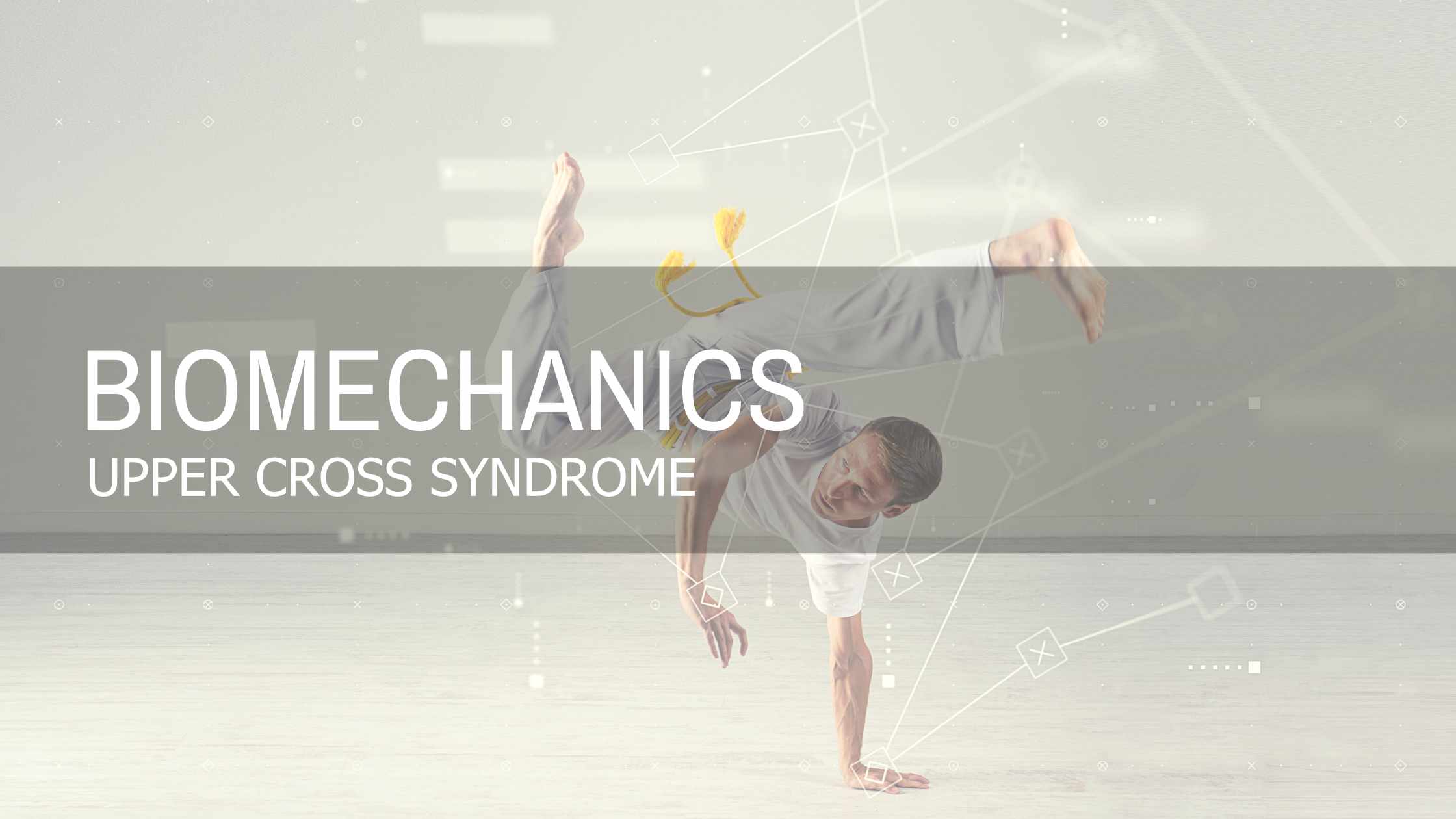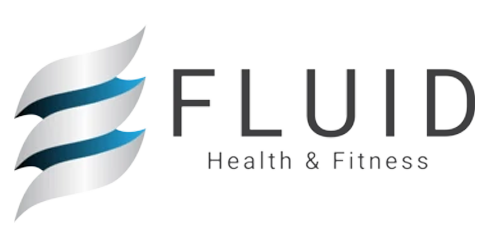
Apr 30 , 2021
0 Comments
Designed to Move | Upper Cross Syndrome
What is Upper Cross Syndrome
Upper cross syndrome refers to a compensation pattern where the shoulder girdle becomes unstable in which the upper back and head have an exaggerated forward tilt (think of a hunchbacked posture with the head positioned forward). This can cause tightness and pain in the neck, shoulders, back and even the arms! Over time, because of how upper crossed syndrome significantly affects the top portion of the body, it creates issues of function and quality of life and has ramifications concerning movement, balance, and stability.
How Does This Happen?
Upper crossed syndrome is quite common because of how much we sit and become stationary, often with continual poor posture, engaging in activities such as having a desk job, reading, playing on electronics, and biking.
The tightness of the posterior shoulder muscles (upper trapezius and levator scapula) and neck (sternocleidomastoid) muscles interacts and interferes with the tightness of the chest muscles (major and minor pectoralis). At the same time, weak cervical flexors (muscles in the neck that help with movement towards the body) interact and interfere with weak back muscles (mid trapezius, lower trapezius, and rhomboid muscles). This leads to an exaggerated curvature and rounding of the upper back as well as an excessive forward head tilt.
Signs of Upper Cross Syndrome
- Forward head posture
- Rounded shoulders
- Headaches
- Tension, pain, restricted movement in the neck and shoulders
- Fatigue
- Poor posture/slouching
How Do You Fix Upper Cross Syndrome?
To address upper cross syndrome, it is important to focus on improving posture, opening up the chest and strengthening the core. We would recommend the following exercises:
- Release - Pec Major, Latissimus Dorsi 60 sec each
- Activate - Laying Supine w/dumbbell overhead reach 2 x 20
- Integrate - V-Sit w/single band scaption 2 x 20
- Strengthen - Standing band face pull 2 x 20




